Having trouble with air plant care? This list includes some of our best practices tips on how to care for your air plants!
1. Don't Over or Under Water

2. Avoid Salt and Chemical Exposure
If you’ve noticed a white crust build-up on the leaves of your plant, your plant is likely suffocating from salt deposits. This salt usually comes from the chemicals found in municipal water and can harm your plants. Some healthy alternatives include rain, well, pond, lake, or non-carbonated mineral water. Salt build-up shows as crystals on the leaf tips of your plants. The best remedy to a plant with salt build-up would be a long soak in distilled water to flush away the salts. However, distilled water should not be the only type of water they are soaked in during your normal watering routine. Additionally, make sure to not confuse salt-build up to trichomes. Read about trichomes here!3. Avoid Extreme Heat and Light

Direct sunlight isn’t always what plants need to thrive. In fact, air plants are happier when they get indirect sunlight or bright artificial lighting for several hours a day as this prevents their leaves from burning. A useful tip is to keep your air plants at a temperature that you find comfortable. If you’re too hot, your air plants probably are too.
4. Maintain a Comfortable Temperature
If air plants can feel too hot, they can also feel too cold. A majority of air plants can’t withstand temperatures below 32 degrees, with a few exceptions such as Spanish Moss. Most commercially sold air plants won’t tolerate these freezing temperatures, so if your outdoor plants will experience conditions below 45 degrees it would be best to move them inside.
5. Prevent Fertilizer Burn

High concentrations of fertilizer could burn your air plants. We suggest diluting your fertilizer with water and using this to soak your plants once a month or every fourth soaking. If you would rather mist your plants than soak them, a simple way to make sure they still get fertilizer is to add fertilizer to the water you mist with and hydrate the plants that way.
6. Allow for Strong Air Circulation
Most air plants are from cool, dry places like deserts or highlands. Because of this, a majority of air plants don’t do well with excess moisture. Make sure to completely dry off your plant quickly after soaking them by leaving them near a ceiling fan, for example. Even if you mist your plants, they should still be removed from their container to make sure they are fully dried. Taking the time to make sure your plants are completely dry will prevent them from dying of root rotting. Spanish Moss, specifically, should be given full air flow on all sides--any parts that are flat against a wall or surface will die.
7. Understand the Natural Life Cycle
Like most living things, air plants have a life cycle of growth, blooming, and reproduction. Mother plants will put their energy into producing small offset plants. By the time the mother plant has produced all she can, the offset plants will be the size of the mother plant, continuing the cycle. The original mother plant will eventually decline and dry up. When your air plant begins producing babies, you can either divide the new plants or let the plants clump as they would naturally.
Shop our low-maintenance air plants to start or expand your plant collection!

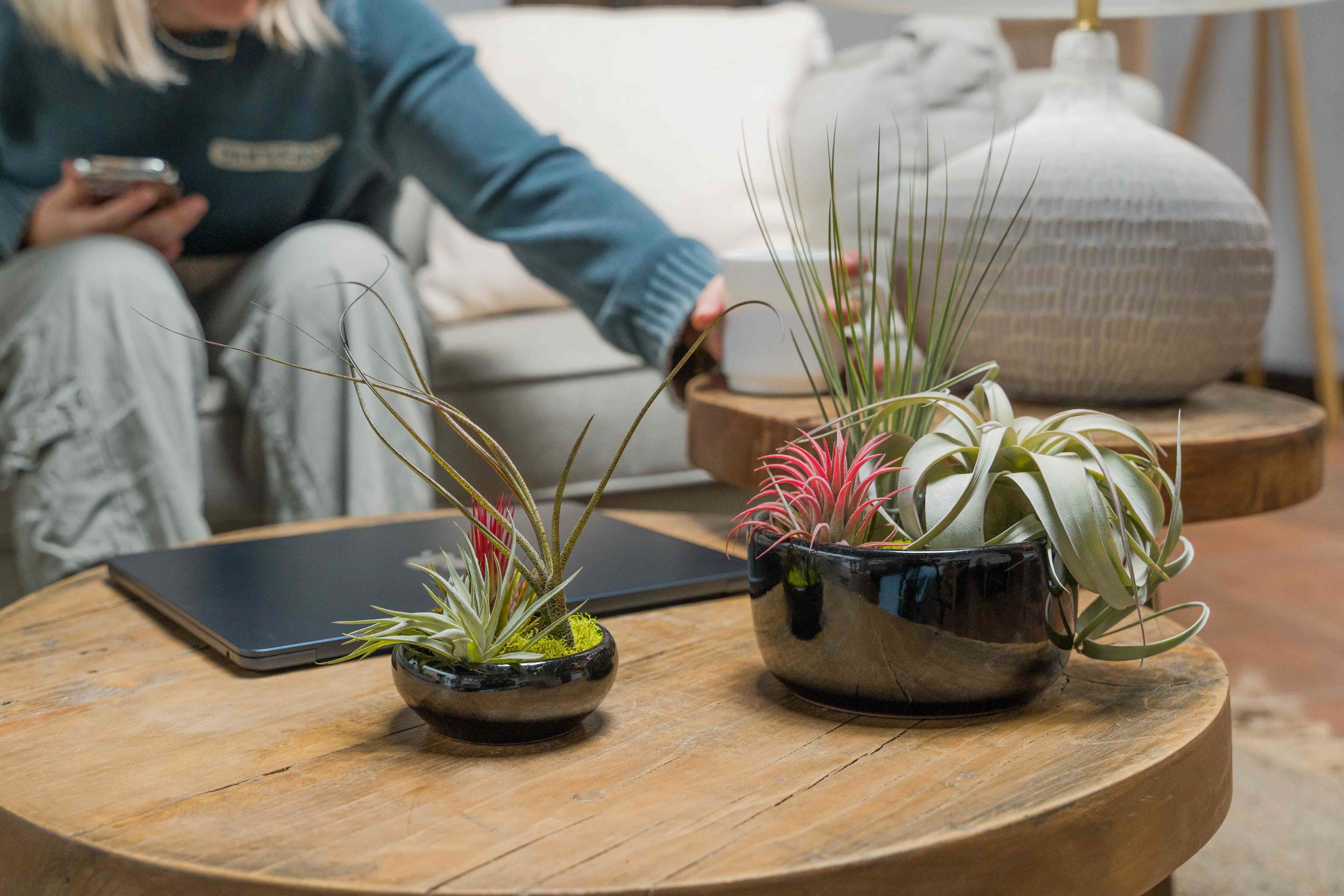
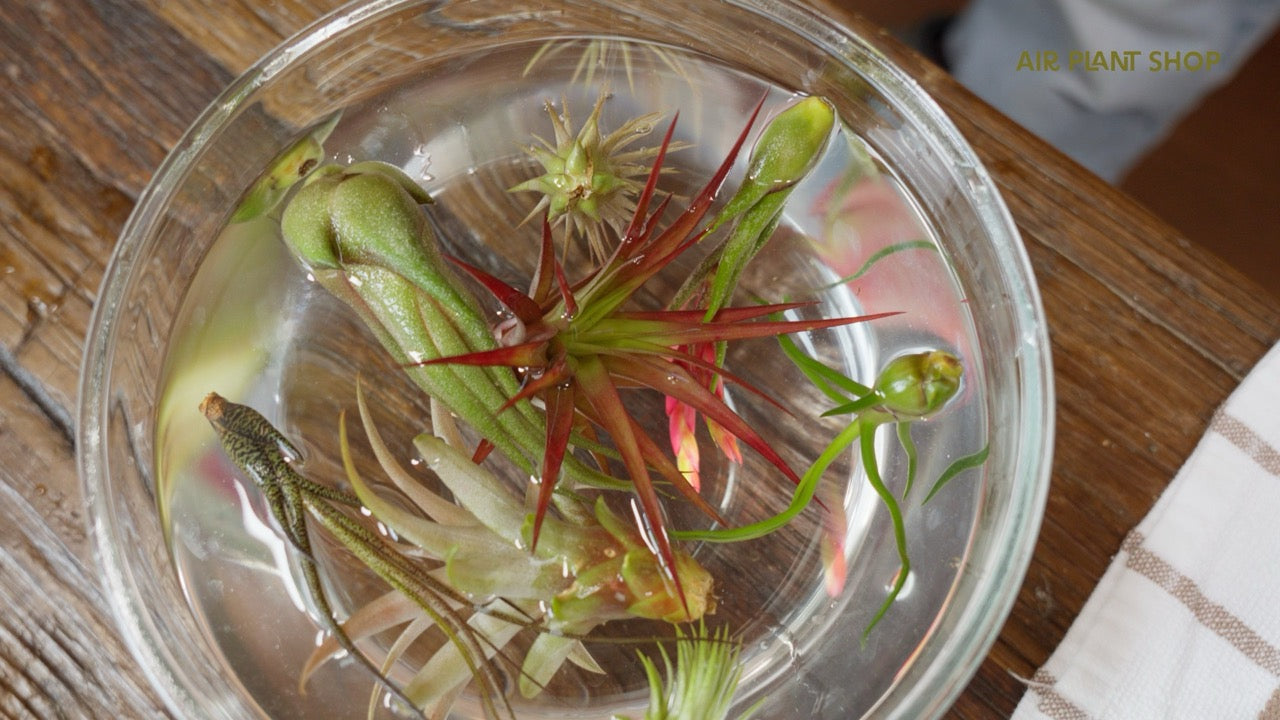

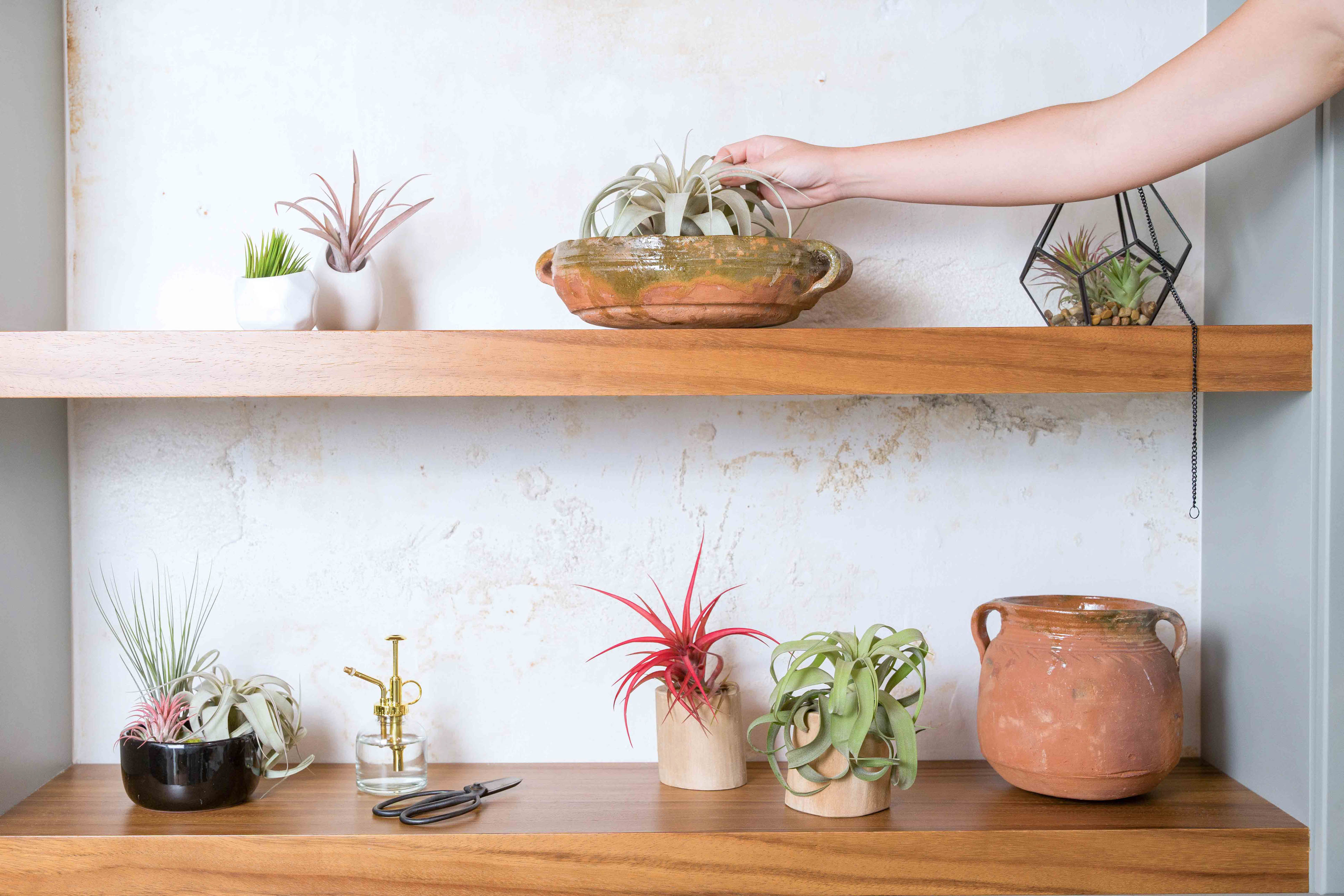
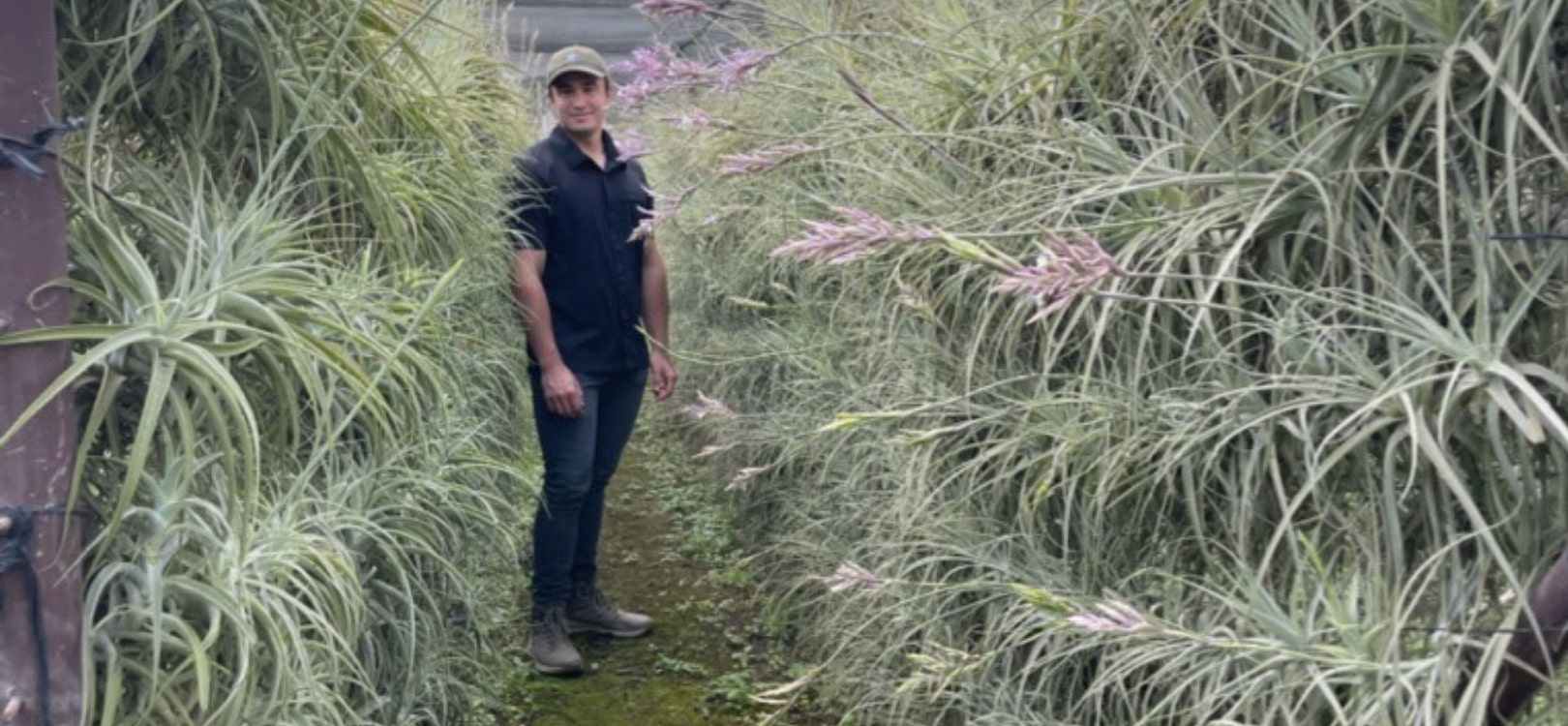
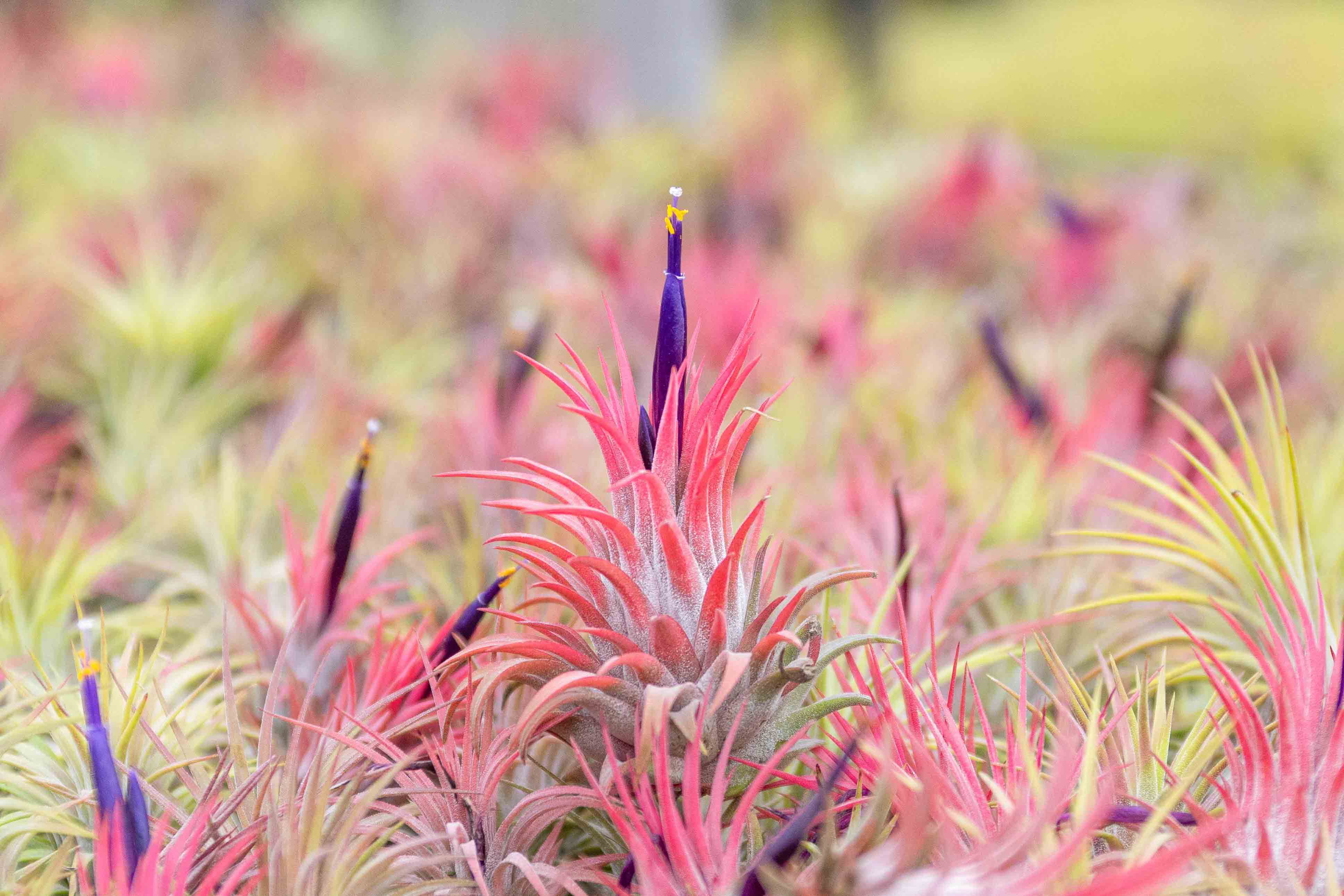

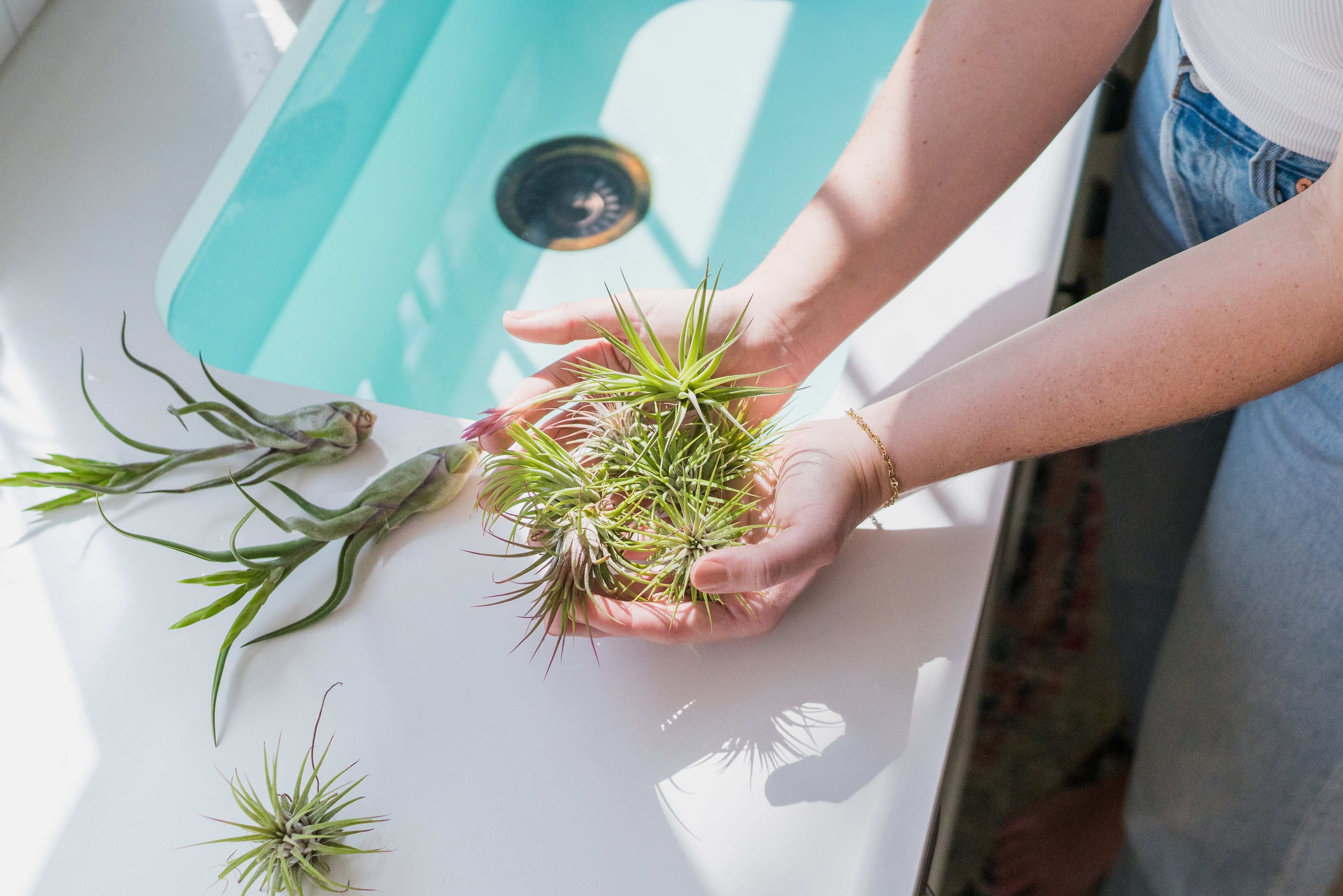
Leave a comment